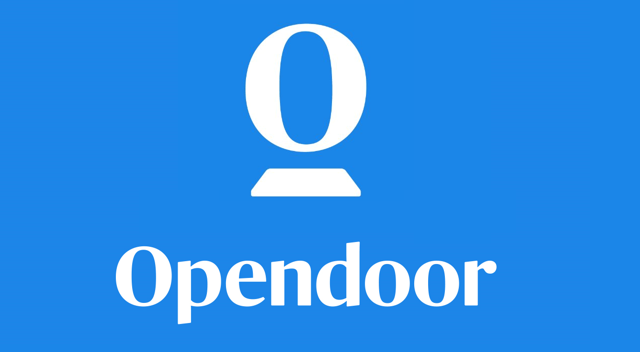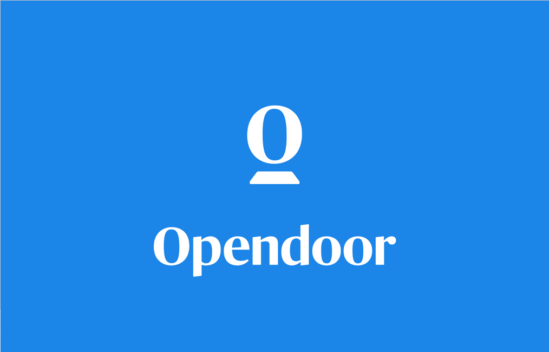
Business model of Opendoor
Customer Segments
Opendoor has a multi-sided business model, with two interdependent customer segments that are both needed in order to operate: home sellers and home buyers.
Value Proposition
Opendoor offers four primary value propositions: convenience, risk reduction, price, and performance.
It purchases homes from consumers looking to sell and then resells them by a closing date chosen by the consumer – anywhere from three to 60 days later (shorter than typical closing periods). homeowners from having to use a real estate agent or list their properties (that said, they are free to use an agent if they would prefer). convenience by providing listings of move-in-ready properties that can be filtered by various criteria, so that do do not have to engage in an extensive, months-long search. The buyers can view the house in an all-day open house and then buy it online.
The company reduces risk by maintaining high quality and safety standards. It offers the Opendoor Guarantee, through which it gives people who have purchased a home 30 days to sell it back to the company (at the original price minus sunk fees, repair costs, and transaction costs such as commissions). Opendoor has an independent, state-licensed third-party conduct a 180-point inspection to ensure that the home is still a high-enough quality for its next buyer. For new home-buyers, the corporation offers a two-year extended home warranty for protection.
The company offers a pricing value proposition. The process of requesting an offer quote for home-sellers is completely free.
The company has demonstrated strong performance through tangible results. It makes competitive offers on homes for sale – for example, an independent study of properties sold to Opendoor found that its valuations average over $2,600 more than third-party appraisals. Furthermore, it has sold homes for 3,427 owners and generated more than $1.5 million in realtor commissions.
Channels
Opendoor’s main channel is its website. The company promotes its offering through its social media pages and participation in conferences.
Customer Relationships
Opendoor’s customer relationship is primarily of a self-service, automated nature. Customers utilize the service through the main platform while having limited interaction with employees. The company’s website provides answers to frequently asked questions. That said, there is a personal assistance component in the form of inspections, repairs, and e-mail support.
Key Activities
Opendoor’s business model entails maintaining a common platform between two parties: home sellers and home buyers.
Key Partners
Opendoor maintains the following types of partnerships:
- Independent, state-licensed inspectors that examine homes up for sale
- Vendors that repair homes up for sale that are in need of fixing
- Real estate agents who are chosen by home sellers to represent them as part of the sales process; the company obtains the seller’s address and then sends the agents an offer
- Third parties that refer an unrepresented home seller to the company; leads that result in a sale earn the referring party 25% of the commission (75% of the purchase price)
Key Resources
Opendoor’s main resource is its proprietary software platform, which serves thousands of home buyers and home sellers.
It depends on human resources in the form of technology employees to maintain and update the platform and customer service employees to provide support.
As a relatively new startup it has relied heavily on funding from outside parties, raising $109.95 million from 45 investors as of October 2015.
Cost Structure
Opendoor has a cost-driven structure, aiming to minimize expenses through significant automation and low-price value propositions. Its biggest cost driver is likely transaction expenses, a fixed cost. Other major drivers are in the areas of sales/marketing and customer support operations, both fixed expenses.
Revenue Streams
Opendoor has one revenue stream: revenues generated from the fees it charges as a percentage of purchase price for sales transactions. These fall into two categories:
- The company charges 6% for the overall Opendoor experience, which enables it take care of behind-the-scenes work in order to provide a seamless selling experience
- The company charges 0-6% for market risk, which varies depending on local market conditions; these includ e the typical risks of selling, such as waiting months to resell a home and managing the situation when contracts fall throughs due to a buyer’s problems with financing

